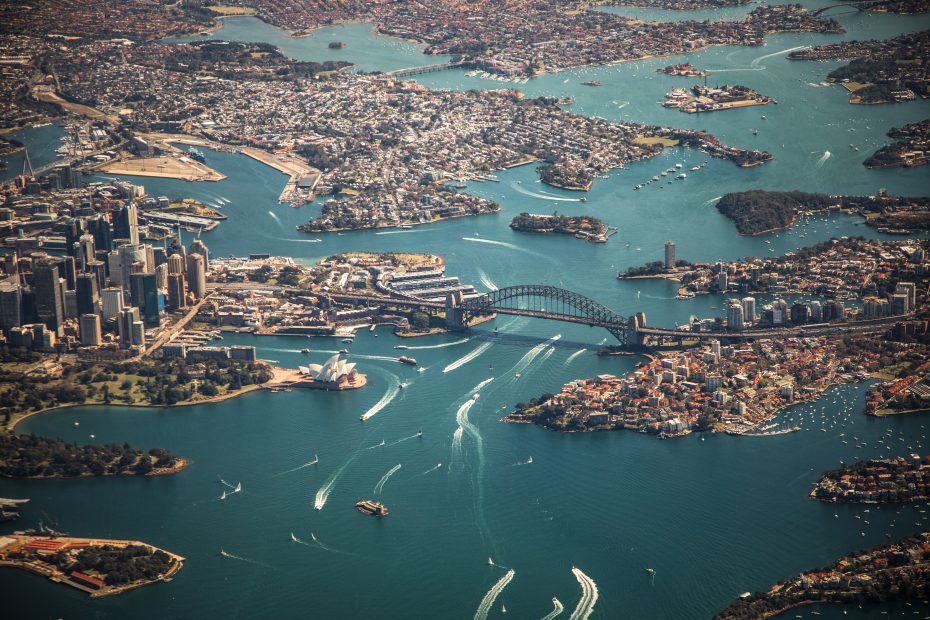Tasmania is Australia’s southernmost state, separated from the mainland by Bass Strait. This island is known for its rugged wilderness areas, beautiful beaches, unique wildlife, historic sites, and world-class food and drink. Read on to learn more about the wild and untamed beauty of Tasmania.
Table of Contents
A Historical and Cultural Melting Pot
Tasmania has a fascinating history stretching back over 40,000 years. The island was originally inhabited by Aboriginal tribes who lived as hunter-gatherers. In the 1600s, Dutch explorers landed on Tasmania’s coast. The British first settled the island as a penal colony in 1803, leading to a turbulent colonial period. Today, you can still see remnants of this past in sites like the Port Arthur convict settlement.
After kicking off as a place of exile, Tasmania evolved into a land of opportunity. Waves of immigrants, from Chinese prospectors to Italian winemakers, helped shape Tasmania’s cultural identity. This multicultural history lives on in the food, art, and traditions practiced around the island.
Rugged Natural Wonders
Tasmania packs diverse landscapes into its 68,000 square kilometers. The interior boasts national parks blanketed in temperate rainforest, like Franklin-Gordon Wild Rivers National Park. Cradle Mountain-Lake St Clair National Park contains the rugged Cradle Mountain and Tasmania’s deepest lake.
Meandering down the east coast are white sand beaches and weathered shoreline cliffs. Freycinet National Park protects the dramatic pink and gray granite peaks of the Hazards Mountains. The Bay of Fires captures Tasmania’s wild spirit with its rocky orange headlands and aquamarine waters.
A Sanctuary for Unique Wildlife
Tasmania provides a refuge for rare Australian marsupials driven from the mainland. The iconic Tasmanian devil, found nowhere else in the world, scavenges the bush. Wombats, wallabies, and pademelons inhabit the undergrowth. Spot the secretive Tasmanian tiger, or thylacine, which still eludes extinction here.
Seabirds swarm offshore islands, while whales migrate along the coastline. Keep an eye out for little penguins coming ashore after a day’s fishing. Under the sea, giant kelp forests sway, creating nurseries for lobsters, abalone, and other marine life harvested by locals.
Cosmopolitan Cities Rich in Character
While Tasmania prizes its wild expanses, don’t overlook its lively towns. Hobart, Tasmania’s capital, pairs heritage buildings with a pumping arts scene and top-rated restaurants. Salamanca Market captures Hobart’s old-meets-new vibe, with buskers against a backdrop of sandstone Georgian warehouses.
Further north, Launceston rests at the junction of three rivers. Check out Cataract Gorge, with its Victorian-era chairlift, or sample handcrafted Tasmanian ciders and beers. For a rural perspective, base yourself in communities like Strahan or Stanley to experience life in a remote fishing village.
Farm and Sea to Table
Tasmania is making waves on the foodie scene thanks to the quality of its local produce. Self-drive the Tasmanian North West Gourmet Food Trail to sample everything from berries to cheeses to boutique chocolate. Relish just-shucked oysters and buttery rock lobster fresh from the boats at the fishing town of St Helens.
Cool-climate wines are also earning global recognition. Sip premium pinot noirs, rieslings, and sparklings from burgeoning wine regions like Tamar Valley. Pair them with wood-fired artisan breads, local ciders, and Tasmanian single malt whiskies for a true taste of the island.
Wild Adventures Await
Tasmania delivers endless options for outdoor adventures. Lace up hiking boots to trek iconic multi-day tracks like the Overland Track or the Three Capes Track along coastal cliffs. Paddle a kayak amid the flooded forests of Franklin-Gordon Wild Rivers National Park. Try rock climbing on the Organ Pipes in the north.
In winter, carve virgin powder on ski runs like those at Cradle Mountain. Test your nerve hang gliding from Eaglehawk Neck or swimming with seals off Bruny Island. Meander at your own pace cycling quiet backroads between wineries, farm gates, and white sand beaches.
Arts, Festivals, and Heritage
When you need a break from the outdoors, Tasmania’s cities offer a thriving arts scene. Catch live music at venues in Hobart, which pulses with creativity. Visit MONA, a boundary-pushing modern art museum, for provocative pieces and architectural flourishes. Time your visit for major festivals like The Falls Festival, MOFO, or Taste of Tasmania to experience Tasmania’s vibrant events calendar.
Heritage sites like Port Arthur provide insight into the island’s history. The Museum of Old and New Art (MONA) provides provocative modern art exhibitions. Or simply chat with the local “Tassie” folks, known for their community spirit.
Planning Your Wild Tasmania Escape
Tasmania’s moderate temperatures make it suitable to visit year-round. Peak tourist season is December to March. For smaller crowds and lower prices, target April-May or September-November. Pack layers as weather changes rapidly. Give yourself at least a week to make the most of the island. Consider renting a car for flexibility. Camping and hostels provide budget accommodation options, while B&Bs offer a cozy local experience.
Whether you seek wild coastline, towering forests, or lively cities, Tasmania delivers. The island’s rugged landscapes, unique wildlife encounters, and boundless adventures promise you a stay full of wild and untamed memories.
Frequently Asked Questions
What is the best way to get around Tasmania?
Having your own car is ideal for exploring at your own pace. Shuttle buses and tours can also take you to major sites.
Where are the best beaches in Tasmania?
Wineglass Bay on the Freycinet Peninsula is consistently rated one of the world’s top beaches. Other highlights include Bay of Fires and Roaring Beach.
What is the weather like in Tasmania?
The climate is temperate, with mild summers around 20°C and cool winters of 11°C in Hobart. Weather is changeable with rain possible year-round.
When is the best time of year to visit Tasmania?
Peak season is December to March, which aligns with summer school holidays. Shoulder seasons of October-November and April-May offer milder weather with fewer tourists.
What are some iconic Tasmanian foods and drinks to try?
Tassie produce to sample includes oysters, cheeses, berries, chocolate, cool-climate wines like pinot noir, craft ciders and beers, and single malt whiskies.
